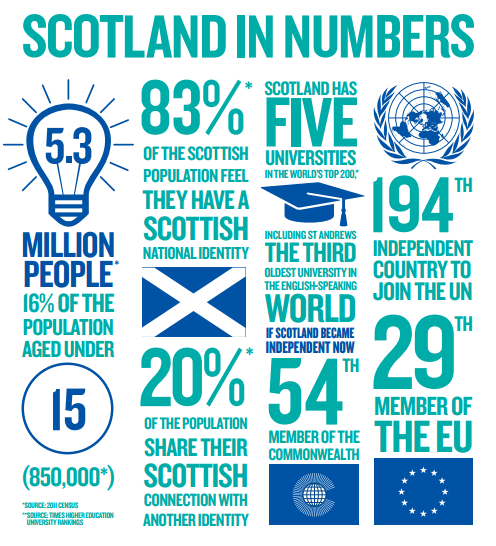 You'll probably think that writing compositions is one of the most boring parts of language learning... Sitting down in front of a blank paper not knowing what to write about or how best to do it... Even in our own language it is difficult to be a good writer!
You'll probably think that writing compositions is one of the most boring parts of language learning... Sitting down in front of a blank paper not knowing what to write about or how best to do it... Even in our own language it is difficult to be a good writer!
But why don't we change the rules of the game?
Writing can also be an exciting, entertaining and funny activity! And it's even better if you do it in groups! In a previous entry (how to improve writing skills) I gave you a few ideas to give writing a different twist, and also to train your brain in generating ideas.
Today I give you another possibility... MINI SAGAS!
A mini saga is a short story consisting of exactly 50 words, not including the title. It must tell a story and have a beginning, middle and end (normally with a twist!). Here you have three examples!
(Taken from New English File Upper-Intermediate)
Apart from being very creative, mini sagas also help you to look for synonyms, expand sentences, reduce others, to obtain exactly 50 words. Playing with language that way is very useful for your English :) And you have fun at the same time!
If you are a teacher, check this lesson plan to work with mini sagas in your classrooms!
So... do you dare to write one? If you need some tips, you can check how to write a mini saga.
I hope to see some in the comments below :)

























%2B12.06.26.png)








